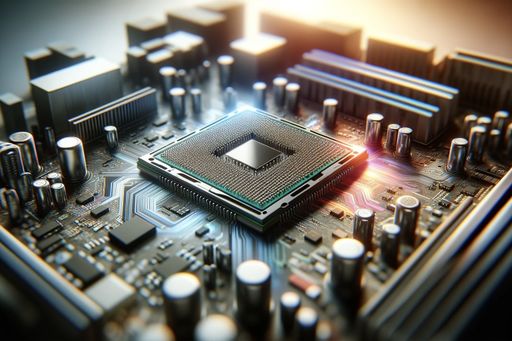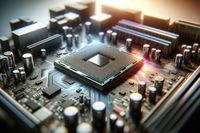Scientists Successfully Combine Human Brain Tissue with Computer Technology
A team of scientists has made a breakthrough by integrating real human brain tissue with electronics, creating a new computer architecture called Brainoware. Although it was slightly less accurate than pure hardware computers, this research marks an important step towards creating more brain-like computing systems.

Using Real Human Brain Tissue
Scientists led by engineer Feng Guo of Indiana University Bloomington have developed Brainoware, a new computer architecture that integrates real human brain tissue with electronics.
The team fed Brainoware tasks such as speech recognition and nonlinear equation prediction, demonstrating its potential as a more brain-like computing system.
While Brainoware was slightly less accurate than pure hardware computers running on artificial intelligence, it represents a significant advance in this field of research.
Ethical Considerations
Researchers from Johns Hopkins University have emphasized the importance of ethical considerations in the development of technology like Brainoware.
They point out that as the sophistication of these systems increases, the community must address the potential neuroethical issues associated with integrating human neural tissue into biocomputing systems.
Keeping ethical guidelines in mind is crucial to ensure responsible development and deployment of this technology.
The Complexity of the Human Brain
The human brain is a remarkable organ, containing billions of neurons and trillions of synapses. Simulating its activity has proven to be a significant challenge for scientists and engineers.
Previous attempts using supercomputers have only been able to simulate a small percentage of the brain's activity. Neuromorphic computing, which mimics the structure and functions of the brain, has shown promise but remains energy-intensive and time-consuming.
Guo and his team took a different approach by using real human brain tissue grown in a lab to create Brainoware. These organoids, while not capable of thought or consciousness, provide a more realistic representation of brain function.
Implications and Challenges
Although Brainoware still has limitations, such as keeping the organoids alive and healthy, this research opens up new possibilities for computing and understanding the human brain.
It may take decades before biocomputing systems become widespread, but this research will provide valuable insights into learning mechanisms, neural development, and cognitive implications of neurodegenerative diseases.
Brainoware could also be instrumental in developing preclinical models of cognitive impairment for testing new therapies.



